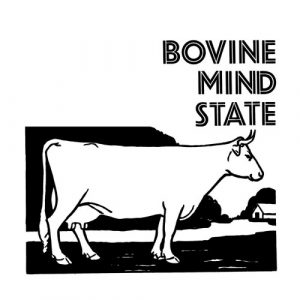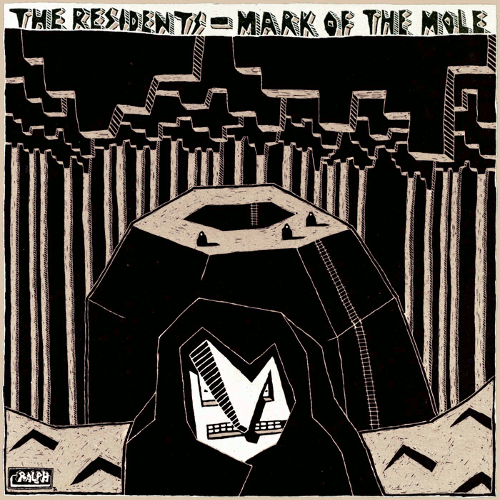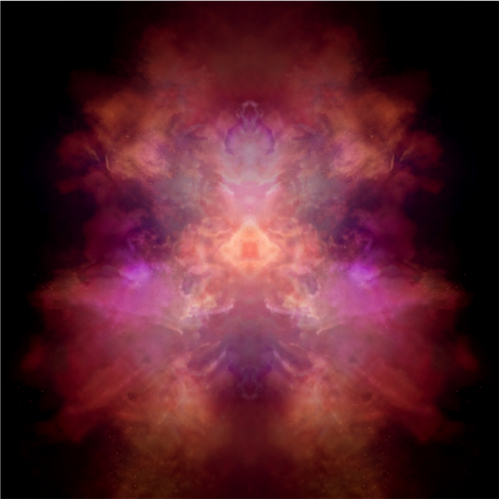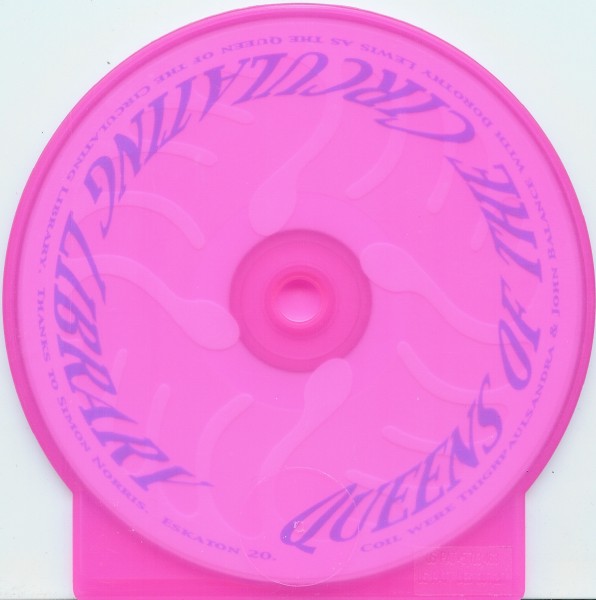 Drummer and composer Tim Giles has been in and out of bands and collaborations for the last twenty-five years. This is his first solo album in that time and is a labour of love that he has been concocting over the last five years, marrying his penchant for loose rhythm with more abstract glitchy electronic textures, taking in dub, minimalism and ambient flavours, but always ensuring that each piece is a very different journey.
Drummer and composer Tim Giles has been in and out of bands and collaborations for the last twenty-five years. This is his first solo album in that time and is a labour of love that he has been concocting over the last five years, marrying his penchant for loose rhythm with more abstract glitchy electronic textures, taking in dub, minimalism and ambient flavours, but always ensuring that each piece is a very different journey.
The title of the album is well described by the ruminative bleat that opens it. This self-titled track is speckled with electronic spots, moving in a slow, conscious and careful manner. It is kind of weary and wary, searching for something yet bristling with anticipation. As a drummer, you imagine the urge to keep things rhythmic is key, but drums don’t appear until track two and the basic structure is mixed with dub-inflected sounds that work as an ode to German simplicity. You can sense the editing process as disparate elements are layered and billowing effects scattered, moving in and out of focus with the basic canter staying firm.
The rhythmic styles are diverse throughout the album, with a funky and attractive groove laid down for “Buckley’s Dub” meshing with synth bass. It is a stretch from the previous track, but he is unable to resist tinkering as abstract textures are introduced and what sounds like flute and woodblocks lending a very pastoral air, but seen through some strange prism. It is summery and a little reminiscent of some of Fridge‘s more dashing experiments. Any influences are fleeting and often it is just a whiff of something that sounds familiar. The sparse drops of sound of that reflect and dissipate in the expansive yet mysterious “Water Feature” show an affinity with Lee Perry‘s work, the loops feeling Jamaica-bound but centuries later. The album moves through many atmospheres, and does a great job of transporting the listener. “At Night The Day Is Done” is redolent of an abandoned train station, platform coated with sand as a chill wind rushes through the architecture, echoes of the past subverting your senses while the vibrant multi-layered “After Spiegel” is more like watching a particularly lively river. Its shape-shifting pattern concentrates on the that merge, lending an edgy stance.The focus constantly shifts and daubs of sound are sprinkled across the rushing movement, evolving and mutating, causing hypnosis as the layers entwine. A gradual descent into waves of reverb prepares you for the drifting interplay of nature and humanity as a distant liner is caught on the edges of a jungle, enveloped in mist and slowly falling out of range. It is as if somebody tried to soundtrack the Bermuda Triangle and is a suitably mysterious and diffuse ending.
-Mr Olivetti-



